The modern Doom games have been a master class in reviving a beloved retro gaming series. Both 2016's Doom and 2020's Doom Eternal paid homage to both the look and feel of the original Doom titles without being slavishly devoted to older gameplay conventions that can feel dated decades later.
Yet by the end of Doom Eternal, you could feel the modernized gameplay system threatening to burst at the seams a bit. Managing your limited ammo, health, and armor resources in Eternal meant expertly juggling a bewildering array of chainsaws, flamethrowers, grenades, and melee-based staggers into powerful, pre-animated "glory kills." That was all on top of the frequent weapon-switching needed to take advantage of the weaknesses of the varied enemies surrounding you and the double-jump-and-dash movement system that required expert use of all three dimensions.
Something had to give. So for Doom: The Dark Ages, the team at id Software has committed to a more streamlined, back-to-basics system that limits complexity while maintaining the same overall difficulty level. That means a "fewer strings on the guitar" approach to controls that narrows almost every action down to just three context-sensitive buttons, as the developers discussed in a hands-off virtual preview session attended by Ars Technica.
Simpler, not easier
In figuring out how to re-simplify the modern Doom formula, id Software Creative Designer Hugo Martin said he found himself going back to the '90s Doom games for inspiration more than any others. "The original Doom, and why it has stood the test of time—is it's one of the most accessible FPS single-player campaigns ever made," he said. "When it comes to combat, it's really incredibly streamlined, and that's why it's fun to this day."
Flattening the controls was key to that return to old-school Doom accessibility, the developers said. In The Dark Ages, that starts with the standard weapon trigger and melee buttons, though now you can pre-select which of three different melee weapons will be activated by that single input.
Then there's the shieldsaw, a round buckler with a revved-up chainsaw edge that's ever-present on your left forearm. The shieldsaw is controlled with a single context-sensitive button that changes functions depending on your specific situation. That means pressing the same button will block and parry melee attacks, deflect enemy projectiles (stunning them in the process), throw the saw for a ranged attack, activate a "shield bash" for a grappling-hook style lunge towards the thrown shield, and more.
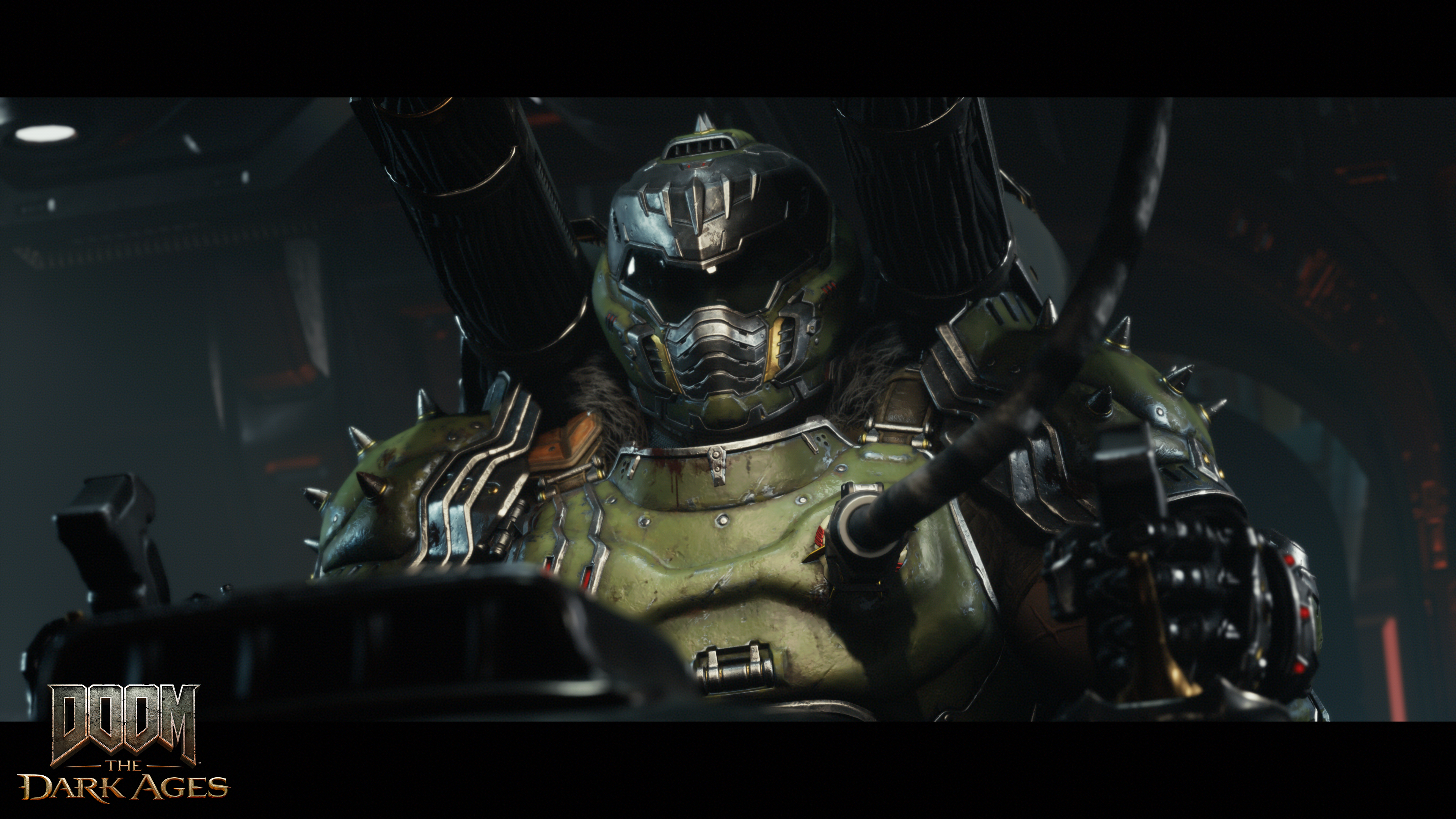
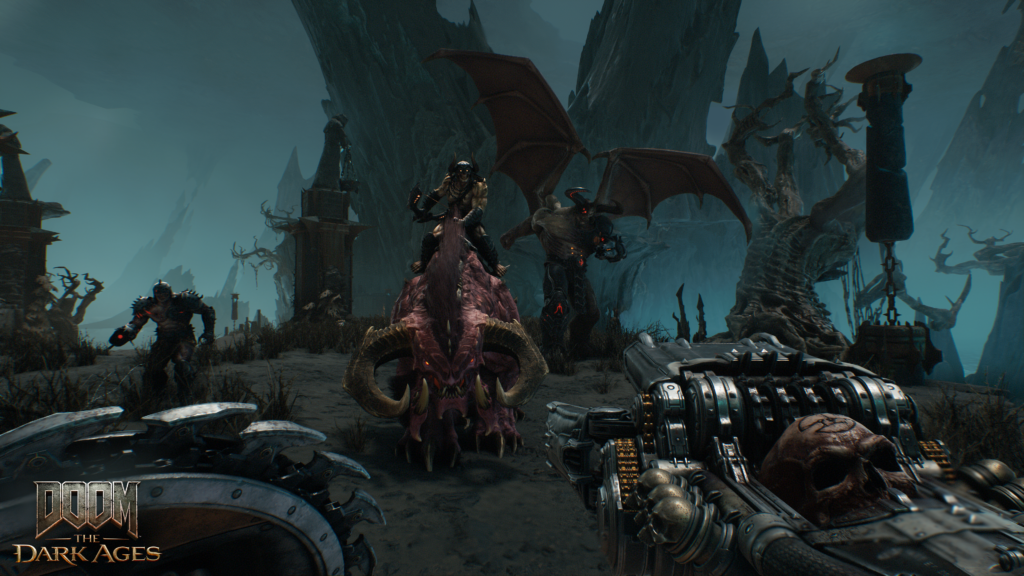
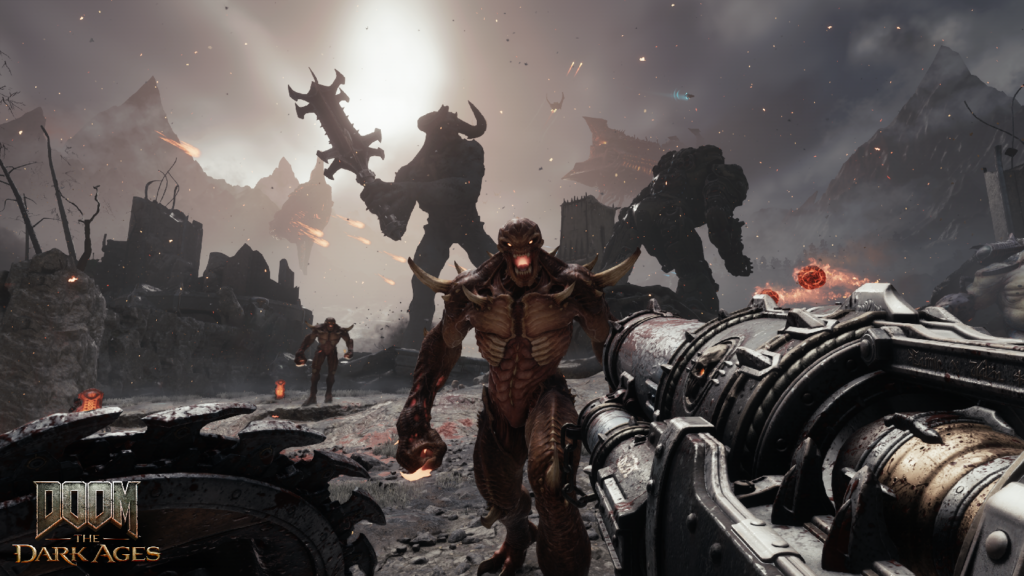
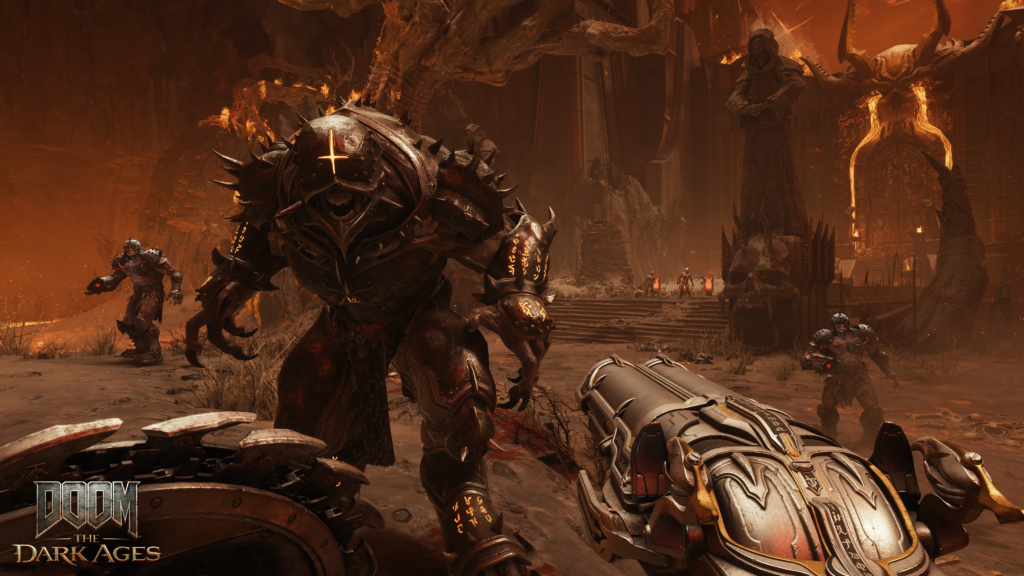
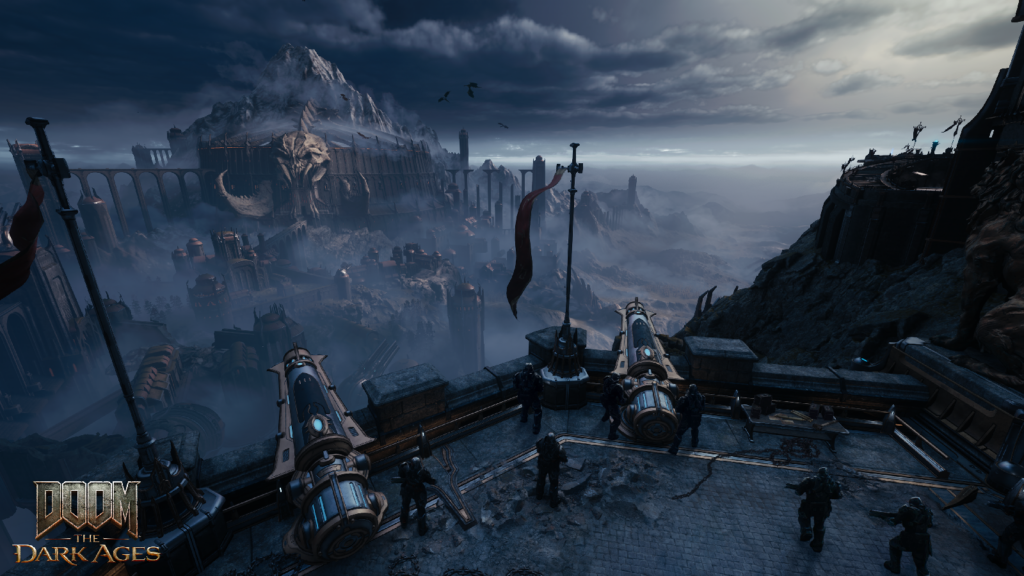

 Loading comments...
Loading comments...
